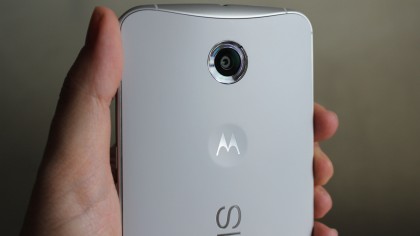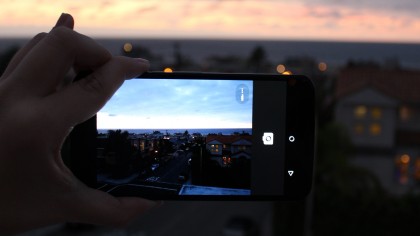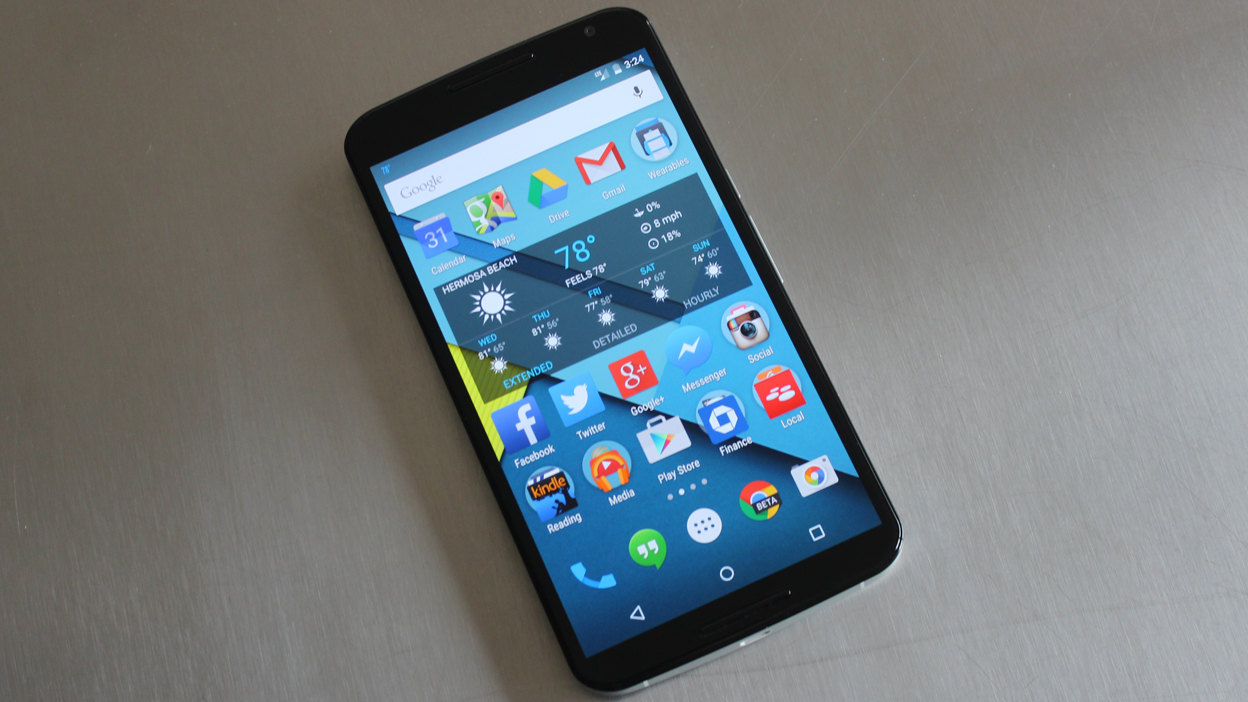Why you can trust TechRadar
Nexus 6's camera certainly bests the flawed photos of 2013's Nexus 5 snapper and it's way more accurate than the rest of Motorola's oversaturated lineup.
The improvements are care of the Sony IMX214 CMOS sensor, a wider f/2.0 aperture and optical image stabilization, all attributes that aren't a part of the new Moto X.

It's a 13-megapixels - the same as the OnePlus One camera - and holds its own next to the 21-megapixel Droid Turbo for two reasons: it has better shot-for-shot color accuracy and OIS.
Both the Moto X and Droid Turbo have tried to impress with vibrant, Instagram-like colors for each shot. It works in some cases like photos of the sky or buildings, but when it occasionally turns your skin different hues, it's unfortunate.
That's why I appreciate the fact that the Nexus 6 is closer to reality. It's still a bit warm in natural light and grainier than it should be in low-light situations, but a marked improvement.

The problems are only abundantly clear when comparisons are drawn between its camera and the Galaxy Note 4 camera. Samsung's color accuracy and post-processing skills can't be beat.
All of this is true of the front-facing camera too. It's a bit redder and grainier in low light when using that 2 megapixels. The Note 4 and the front-flash-equipped HTC Desire Eye do a better job if you're looking for selfies in your local pub.
I found the Nexus 6 autofocus to be comparable and even snappier in some instances, but the Note 4's camera is just chock-full of options not in Google's very straightforward default.

Sure, Photosphere is a neat camera trick that works on Google+, but its an overall bare bones camera app that's easily overpowered by third-party alternatives in the Play Store. And sadly, Motorola hasn't brought over the camera twist shortcut that launches the Moto X app.
Video is a little more straightforward. It shoots 4K video at 30 frames per second, but if you're not playing it back on a 4K TV, it's hard to justify the space on a quad HD smartphone. That's where the 1080p video recording option is much more relevant.
You can find camera samples on the next page and I'll be adding more of my photo-snapping results throughout the week with additional analysis.

